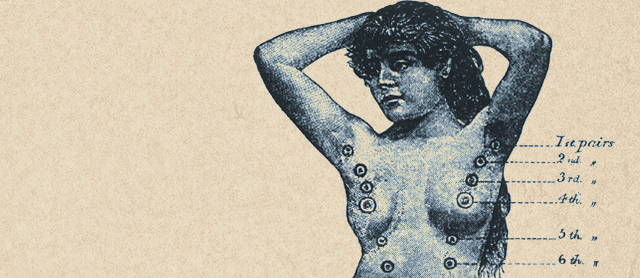
In August 2015, villagers in the Indian state of Jarkhand dragged five middle-aged women from their beds and beat and stoned them to death on suspicion of witchcraft. It wasn’t an isolated case. In India’s eastern states, “witches” are often blamed and attacked for causing illness, poor harvests and other misfortunes. There’s a horrid timelessness to the phenomenon: it echoes accusations made through history as people sought to explain nature’s cruel mysteries. But in 2015 with all our shared wealth of accumulated scientific knowledge it shocks that such wild ideas can still bring a mob to murder.
Rebecca Lenkiewicz’ new play Jane Wenham: The Witch of Walkern is inspired by the case of a Hertfordshire village’s “healing woman” in 1712 – one of the last witch trials in England. We’re touring the play across England and we’ve dug up some stories of witch persecutions and other happenings near to the theatres we’re visiting. There are stories of strange apparitions, superstitions, religious fundamentalism and con-artistry. Some are fascinatingly odd; others just heartbreaking.
HERTFORDSHIRE: THE PAUPERS OF TRING
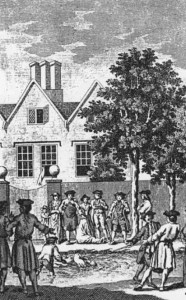 Walkern, where our play is set, is in Hertfordshire but here’s another piece of local witch history.
Walkern, where our play is set, is in Hertfordshire but here’s another piece of local witch history.
Ruth and John Osborne were elderly paupers who lived in a workhouse in Tring. In 1751 they were both tried and executed for witchcraft, despite the Witchcraft Act outlawing such punishment in 1732. Ruth Osborne went begging for food at the residence of local farmer John Butterfield, who turned the old woman away. Ruth left, muttering obscenities towards him under her breath. In the fllowing weeks, Butterfield began to suffer from fits and his cattle too fell ill. He accused Ruth of having cursed him and declared that she and her husband were witches.
An angry mob descended on the workhouse where they stayed and dragged them to a muddy river where their hands and feet were bound together, and both were ‘ducked’ in the water. Having choked to death on the mud, Ruth’s naked body was left on the riverbank, while John died later from his injuries and shock. The leader of the mob, Thomas Colley, was tried in Hertfordshire Assizes and condemned to death as a murderer. Local authorities pressured Colley to renounce his belief in witchcraft, which he did, before being taken back to Tring and hung for his crimes. Despite this, the local villagers supported Colley and continued to believe that Ruth Osborne was a witch.
Jane Wenham: The Witch of Walkern plays at Watford Palace Theatre from 23 September.
SUFFOLK: THE BRANDESTON MARTYR
 In 1596, John Lowes became the vicar of All Saints in the Suffolk village of Brandeston. He was not yet 30, and was to remain in the role until he was killed at the age of 80.
In 1596, John Lowes became the vicar of All Saints in the Suffolk village of Brandeston. He was not yet 30, and was to remain in the role until he was killed at the age of 80.
Priests like Lowes, who were associated with the “high church” and its rituals, were viewed with increasing suspicion by a puritan-leaning local population who wanted the Church of England to resemble more closely the protestant churches of Europe. They could be prosecuted as “scandalous minsters” – but Brandeston’s puritans took things further and with a nod from the Witchfinder General Matthew Hopkins, Lowes was charged with witchcraft. The old man, who had served his parish for 50 years, was tortured until he confessed to employing two imps to sink ships at sea. He was taken to Bury St Edmunds, where he was among 40 innocent men, women and children to be executed in the autumn of 1646.
Jane Wenham: The Witch of Walkern tours to Brandeston and other rural locations in Suffolk, Essex and Norfolk from 6-17 October.
YORKSHIRE: THE LAST BURNING AND MORE
Old Wife Green
Hanging was the usual method of execution for witches, rather than the more expensive burning. The last burning of a witch in England was in 1630 in Pocklington, East Yorkshire, where the parish register records Old Wife Green was burned for being a witch by an angry mob in the village square.
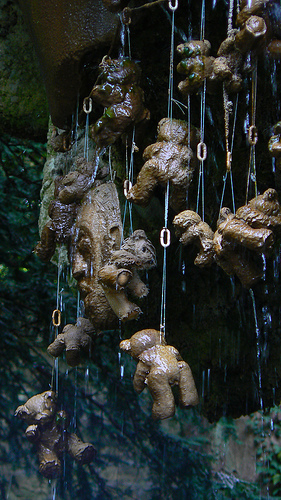
Toys petrifying at Mother Shipton’s cave, now popular with tourists
Mother Shipton
The famous ‘witch’ of Yorkshire was born in a cave in Knaresborough in 1488 during a violent thunderstorm. Her mother died giving birth. Mother Shipton’s original name was Ursula Southeil. Throughout her childhood she was associated with many mysterious events, such as furniture moving of its own accord and bright lights coming from a property. She became well known as a fortune teller but her crooked facial features frightened many and she was often thought of as a witch. She’s associated with many famous predictions, including foretelling the Great Fire of London and the defeat of the Spanish Armada. Mother Shipton’s cave still exists and attracts visitors from all over the world to see the magic power of the well near the cave which can turn things to stone: Objects, such as teddy bears and dolls, are hung up inside the cave and the limestone-drenched water from the petrifying well gradually turns the objects to stone with its sediment.
Mary Bateman
A criminal and alleged witch known as the Yorkshire Witch. She was tried and executed for murder during the early 19th century. She became a prominent fortune-teller in Leeds who prescribed potions which she claimed would ward off evil spirits. She poisoned a couple who asked for her help in lifting a curse and was found guilty by a jury of fraud and murder. She was hanged in 1809 in York and her body put on public display with strips of her skin sold as magic charms to ward off evil spirits. Her skeleton is on display to the public in the Thackray Medical Museum in Leeds.
Jane Wenham: The Witch of Walkern tours to West Yorkshire Playhouse 21-24 October.
NORTH WEST: THE WOMAN WITH THE LANTERNS
Llanasa in Flintshire is a village near the North East coast of Wales, just across the Dee estuary from The Wirral. Around 1,000 people, many of them seafarers, lived there in 1665 when charges of witchcraft were brought against a local woman, Dorothy Griffith.
Her two main accusers were William Griffith, a sailor, and Thomas Rogers, an ale-house keeper. William Griffith said that he had been walking at night to the ship in which he served, when Dorothy had come towards him “with many lanterns lighted about her”, and had led him to Rogers’ house whereupon he looked back towards the marsh and saw it was “soe covered with fire and light that one might have gathered needles”. He fell into a trance, and the next morning sent for Dorothy. When she subsequently prayed for him he recovered.
This was the middle of the 17th century, when witch persecutions were at their height. The judges who presided over the Dorothy’s trial, John Bradshaw and Thomas Fell, had sent several women to the gallows for witchcraft. Dorothy seems to have been saved by her fellow parishioners, 31 of whom signed a petition in support of her. As J. Gwynn Wiliams wrote in the Journal of Flintshire Historical Society, “it is remarkable testimony to the sense of fairness of the chief parishioners of Llanasa that they unequivocally came to the aid of a defenceless spinster, so often the victim of persecution in less favoured communities.”
What did William Griffith see that night? Marsh gas or methane that had somehow caught fire, perhaps, or ball lightning or phosphorescence. There was a popular idea at the time of “corpse candles” – lights or flames which would appear when a nearby death was imminent. This would explain Griffith’s terrified state.
Jane Wenham: The Witch of Walkern tours to Liverpool Everyman Theatre 27-31 October.
WEST COUNTRY: HAG RIDING IN WESTON-SUPER-MARE
 Hag-riding was the alleged practise of disturbing others in their sleep, and provided an explanation for phenomena such as sleep paralysis and what the academic David Hufford has called “sensation of presence” – that feeling we’ve all had at night of someone or something being in the room.
Hag-riding was the alleged practise of disturbing others in their sleep, and provided an explanation for phenomena such as sleep paralysis and what the academic David Hufford has called “sensation of presence” – that feeling we’ve all had at night of someone or something being in the room.
In 1875 in Weston-super-Mare (just along the Severn Estuary from Bristol which we’re touring) 72 year old Hester Adams was prosecuted for stabbing 43-year-old Maria Pring in the hand and face. Adams accused Pring of having hag-ridden her and her husband on many occasions, and though conceding that ‘she does not come bodily” she claimed Pring would be present in “a nasty, evil, spiritual way, making a nasty noise.” Adams had concluded she must draw blood from Pring in order to stop her ridings, hence the stabbing – for which she was fined one shilling, and bound to keep the peace. Had it been 200 years earlier, it would likely have been Pring in the dock.
Jane Wenham: The Witch of Walkern tours to Bristol’s Tobacco Factory Theatres 3-7 November.
SALISBURY: THE HEALING WOMAN OF FISHERTON
Anne Bodenham lived in the Fisherton area of Salisbury (a five minute walk from where Salisbury Playhouse is now) and, like Jane Wenham, worked as a cunning woman, teaching children to read, recovering lost items and curing illnesses.
The Goddards, a gentry family who lived in the Cathedral Close, sent their servant Anne Styles to Bodenham for advice on misplaced items and family disputes. Tensions within the family began to escalate: Mrs Goddard became convinced that her daughter in law, Sarah, was trying to poison her, and there was a law suit between Goddard and one of his sons-in-law. When Bodenham’s assistance in these matters was sought, Styles witnessed unusual sights, such as ragged spirits appearing and, when a green “scrying glass” (like a crystal ball) was placed on a book, she could see persons in her Master’s house.

Inquisitors would search the body of a suspected witch for Devil’s marks or extra teats
Styles was asked by Bodenham to purchase arsenic, which was mysteriously burned to prevent the poisoning of Mrs Goddard. Over the next few days Styles visited Bodenham and witnessed her displaying diabolical pictures, calling on the devil to conjure up evil spirits, and using the scrying glass to discover arsenic under Sarah Goddard’s bed.
Bodenham sent Styles to collect herbs which, along with the witch’s nail parings, would be put in Sarah Goddard’s drink to make her drunk, mad and her teeth fall out. These arrangements came to the attention of Sarah Goddard and, when it was discovered that Styles had bought arsenic, the family dismissed her. On Styles’ final visit to the “witch”, Bodenham attempted to persuade her to stay with her and, when Styles refused, she made her take a vow of silence, signed in her own blood in the witch’s book of the devil.
Styles set off for London but she was returned to Salisbury by one of the Goddard’s son in laws. On her return she confessed and fell into a coma racked with terrible convulsions. Styles and Bodenham were charged with attempted poisoning and committed to Fisherton gaol.
Anne Bodenham was tried at the Lent Assizes, found guilty of witchcraft and sentenced to death. She refused to admit her guilt, even though the marks of a witch* were found on her body, and would not pray or be prayed for or reveal the whereabouts of her magic or other witches in the area. Anne Bodenham was hanged in 1653.
*Inquisitors would search the body of a suspected witch for marks made by the Devil, or for teats from which a familiar or the Devil himself could suck. Skin infections, the hint of an extra nipple or moles and other marks could be interpreted as Devil’s marks.
Jane Wenham: The Witch of Walkern tours to Salisbury Playhouse 10-14 November.
DALSTON, LONDON: EXORCISM
In 2005, Sita Kisanga and her brother Sebastian Pinto were found guilty of aiding and abetting the physical abuse of an eight-year-old girl. The girl’s aunt, who had brought the girl to the UK after her parents died, was convicted of child cruelty. The girl had been beaten, cut and had chilli peppers rubbed in her eyes to ‘beat the devil out of her’.
Kisanga and Pinto, attended the fundamentalist Combat Spirituel church in Dalston, east London. At the trial, Dr Richard Hoskins, an expert on African religions, said that what marked such churches out from the mainstream was the practice of exorcism.
Kisanga denied she had taken part in the beatings of the girl and said that she had tried to stop the abuse by the child’s aunt. But she admitted that like the aunt she had believed that the girl was ‘kendoki’ – a witch.
Jane Wenham: The Witch of Walkern is at Arcola Theatre, Dalston, 5-30 January 2016.
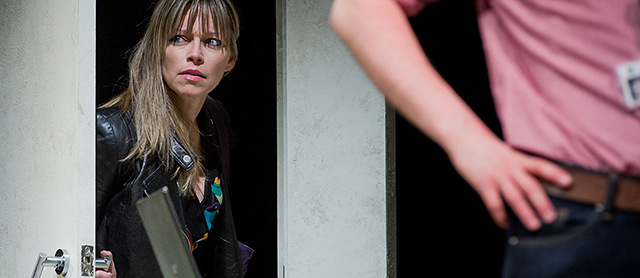

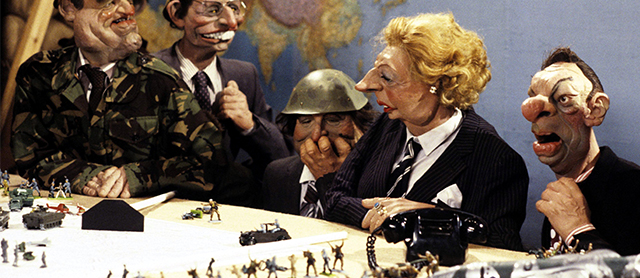
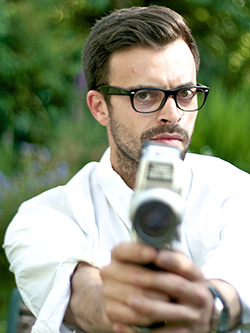
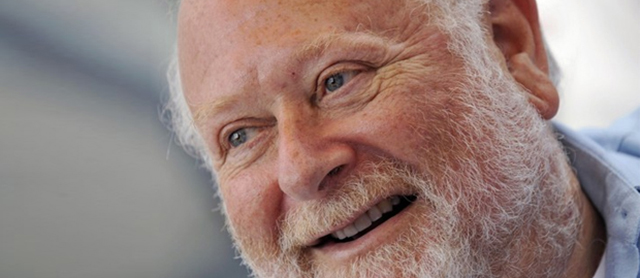
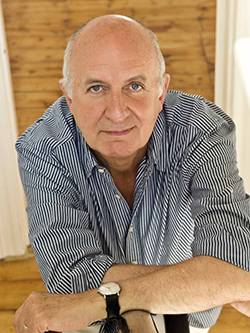
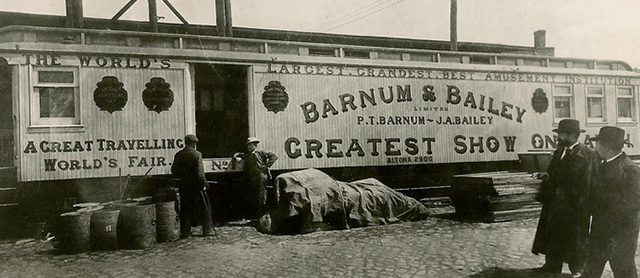
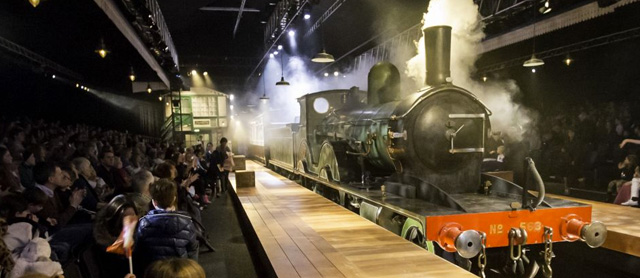
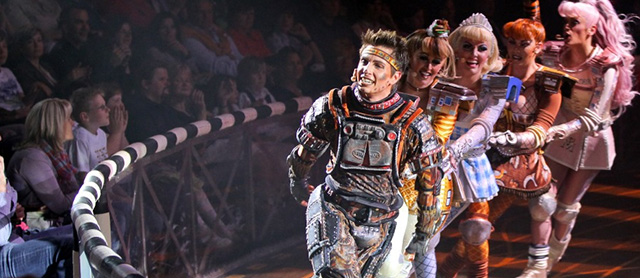
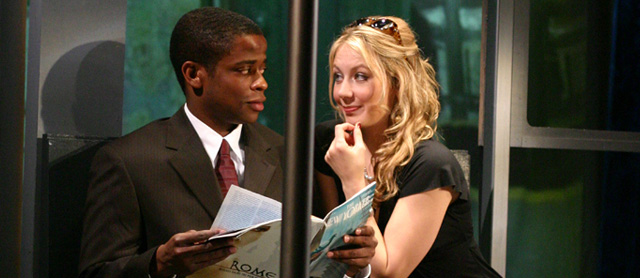
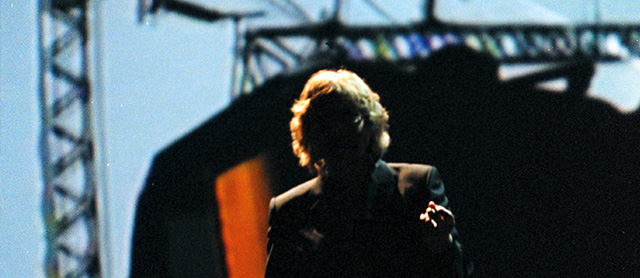
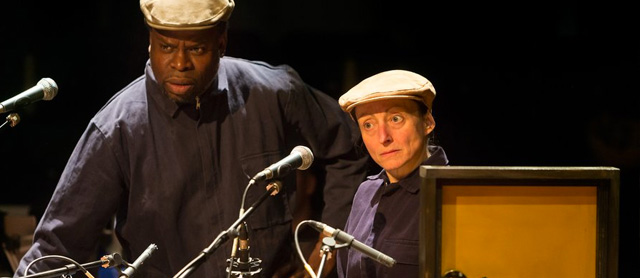
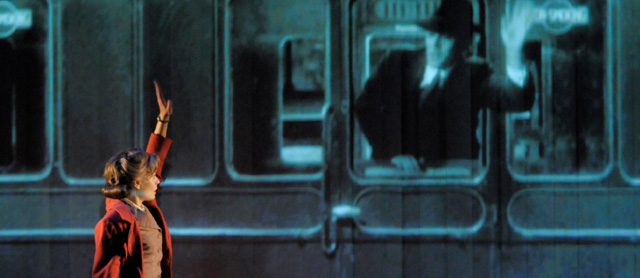
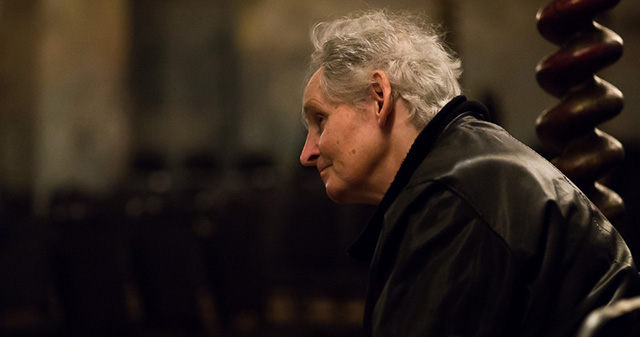
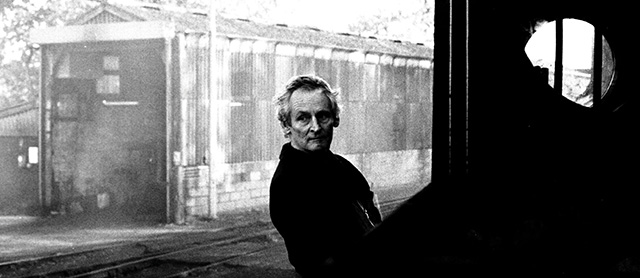


 Walkern, where our play is set, is in Hertfordshire but here’s another piece of local witch history.
Walkern, where our play is set, is in Hertfordshire but here’s another piece of local witch history. In 1596, John Lowes became the vicar of All Saints in the Suffolk village of Brandeston. He was not yet 30, and was to remain in the role until he was killed at the age of 80.
In 1596, John Lowes became the vicar of All Saints in the Suffolk village of Brandeston. He was not yet 30, and was to remain in the role until he was killed at the age of 80.
 Hag-riding was the alleged practise of disturbing others in their sleep, and provided an explanation for phenomena such as sleep paralysis and what the academic David Hufford has called “sensation of presence” – that feeling we’ve all had at night of someone or something being in the room.
Hag-riding was the alleged practise of disturbing others in their sleep, and provided an explanation for phenomena such as sleep paralysis and what the academic David Hufford has called “sensation of presence” – that feeling we’ve all had at night of someone or something being in the room.
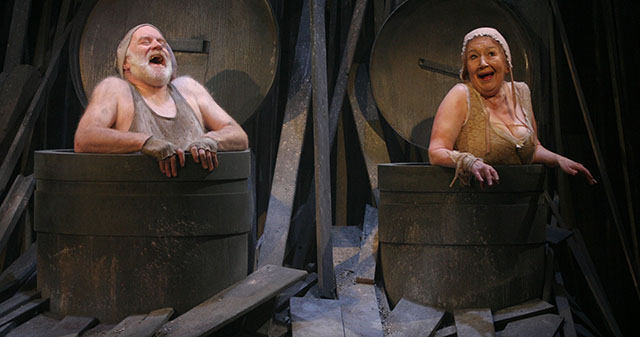
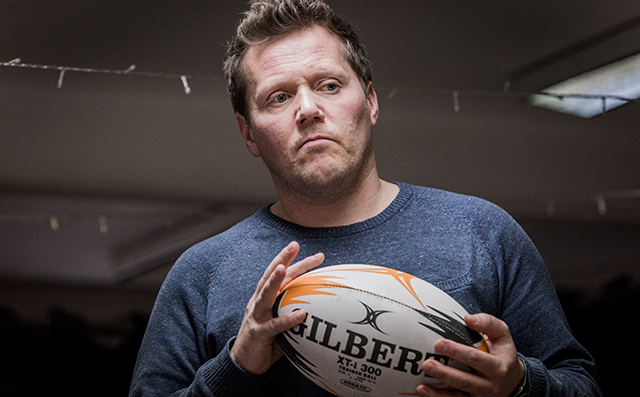
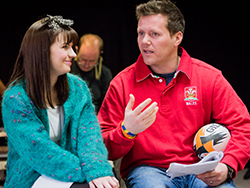 You’ve been involved in rugby most of your life. Are you still playing?
You’ve been involved in rugby most of your life. Are you still playing?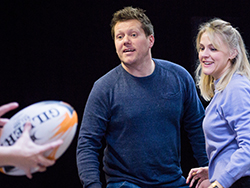 You’re the “face and voice” of Welsh Rugby Union at the Millennium Stadium. How did that come about? And – commiserations! – what was the atmosphere like at England v Wales in the Six Nations last week?
You’re the “face and voice” of Welsh Rugby Union at the Millennium Stadium. How did that come about? And – commiserations! – what was the atmosphere like at England v Wales in the Six Nations last week?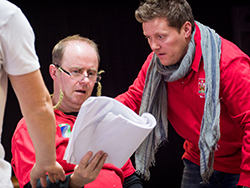 Where in Wales are you from, and what’s it like there?
Where in Wales are you from, and what’s it like there?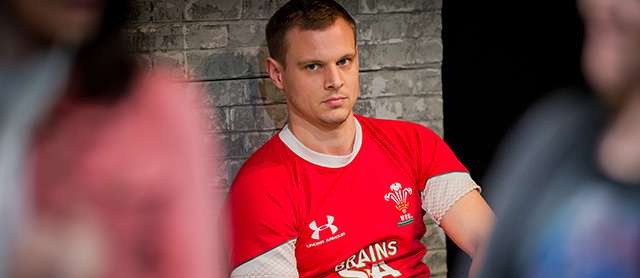
.jpg/800px-Gareth_Thomas_(rugby_player).jpg)
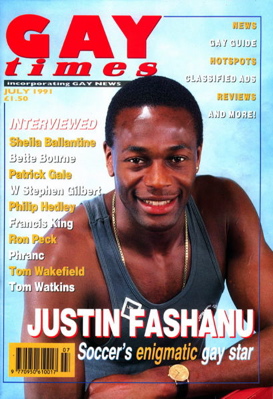
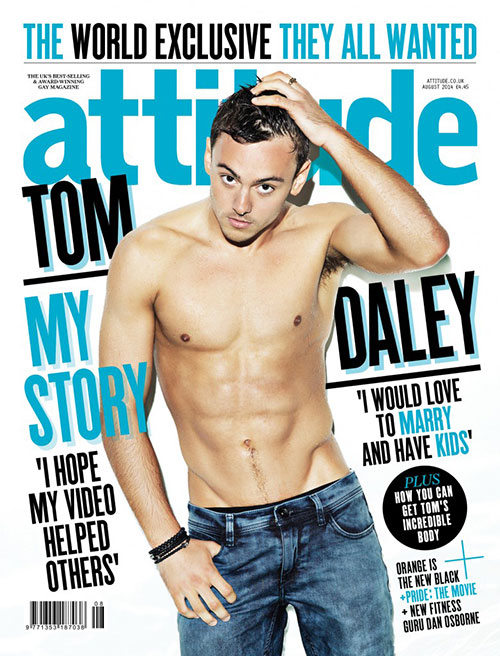

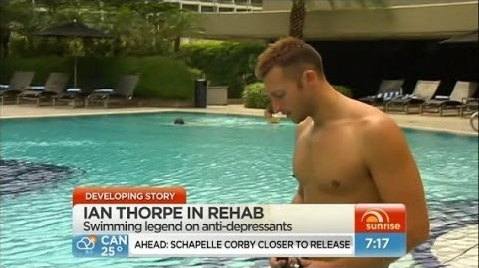
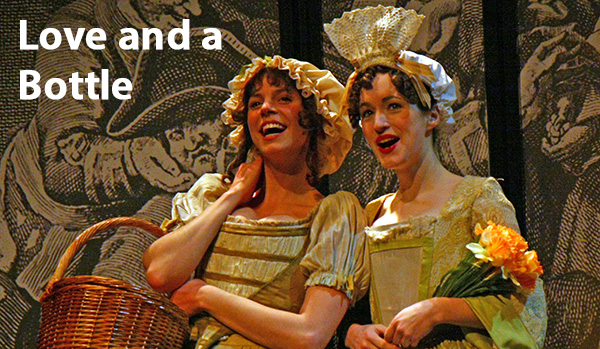
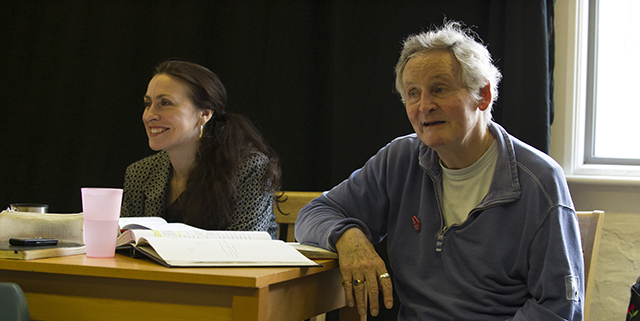
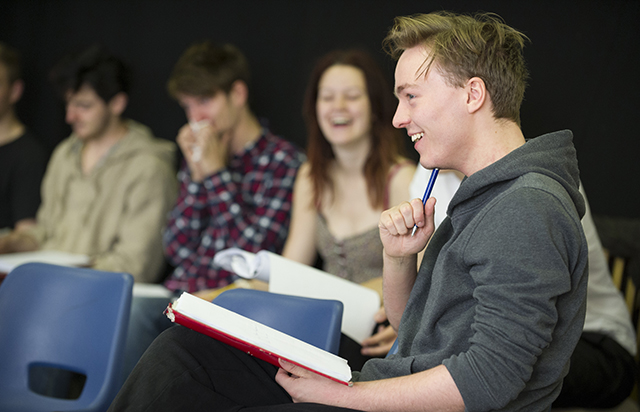
 Search
Search
